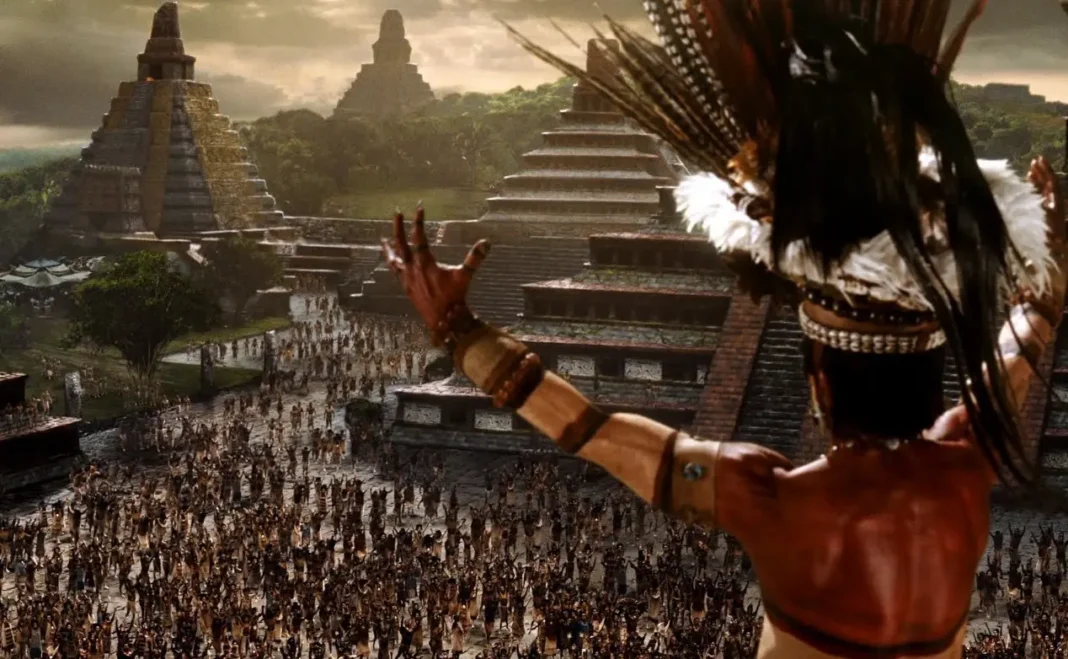It’s a tale as old as time, a story handed down through generations and painted in vivid colors across the canvas of history – the mighty Aztec Empire, humbled not by warriors or weapons, but by an invisible enemy. Recent revelations, my friends, have peeled back another layer of the mysterious past, and the details are more shocking than we ever imagined. The scourge that sealed the fate of the Aztecs wasn’t any ordinary disease, but an enemy that lurked in their everyday life: food poisoning.
Emerging from the hallowed halls of the University of Tuebingen in Germany, esteemed scientist Ashild Vagene reveals an earth-shattering finding. The cocoliztli epidemic, long a subject of debate among historians, was not merely a misfortune that fell upon the hapless Aztecs. Nay, it was a cataclysmic catastrophe that annihilated 15 million lives, snuffing out an estimated 80% of the Aztec population. The scale of this disaster was such that it gives the infamous ‘Black Death‘ of 14th century Europe a run for its money.
The scientists went to work, scrutinizing DNA extracted from the skeletal remains of the victims, buried in mass graves of forgotten times. There, in the marrow of the bones, they unearthed a chilling discovery. A bacterium, scarcely known in our present day – the salmonella enterica of the Paratyphi C variety – was the invisible executioner, the one that had set off this ancient apocalypse.
This villain, my friends, is no ordinary character. Its modus operandi is strikingly similar to typhoid, a disease we associate with malaise and fever. But here’s the real twist in our narrative: the transmission of this bacterium, a cruel joke of fate, is through fecal contamination of food or water. A simple act of consuming sustenance, an essential component of human life, had morphed into a deadly poison.

Now, consider this: the areas plagued by the Paratyphi A variant of this bacterium today are regions like southern Asia, Africa, Southeast Asia, East Asia, South America, and the Caribbean.
What, then, you may ask, was this bacteria doing in Mexico’s Aztec nation in the 16th century?
Might it be that the arrival of the Europeans on Aztec shores was not a mere ‘meeting of cultures’?
Could it be that the intermingling of East and West served as the bridge for this bacteria’s deadly journey?
Did the tools of colonization not only include muskets and chains but also a silent enemy that slipped into food and water?
I don’t claim to have all the answers.
But the possibility cannot be dismissed.
There is a pattern here, a silent thread of devastation that weaves through the fall of an entire civilization. A bacterium, an epidemic, an empire’s downfall. The landscape of the New World was irrevocably changed, and the Aztec civilization was shattered into the annals of history.
This finding is not to belittle the impact of the genocidal acts committed upon the arrival of the Europeans. But it gives us a new perspective on the fragility of life and the destructive power of the smallest of beings. The Aztec empire wasn’t just ‘done in‘; it was obliterated by an enemy they neither saw coming nor understood.
The lesson here is as startling as it is profound.
In our quest for understanding history, we must not overlook the microscopic, the unseen.
For it is there, in the unlikeliest of places, that our destiny might be taking shape.
Food for thought, wouldn’t you say?





